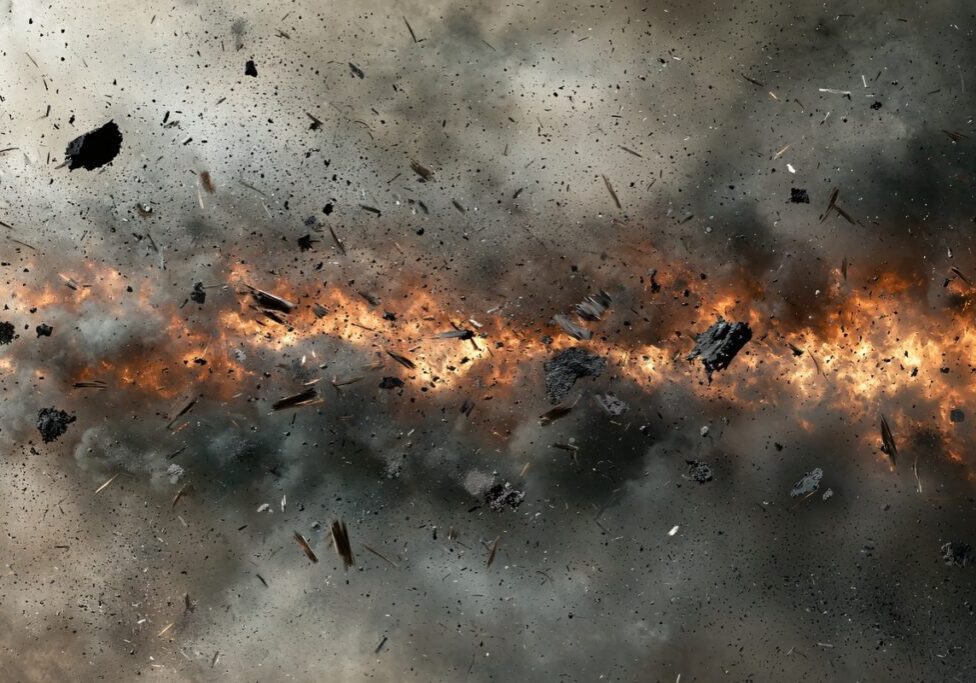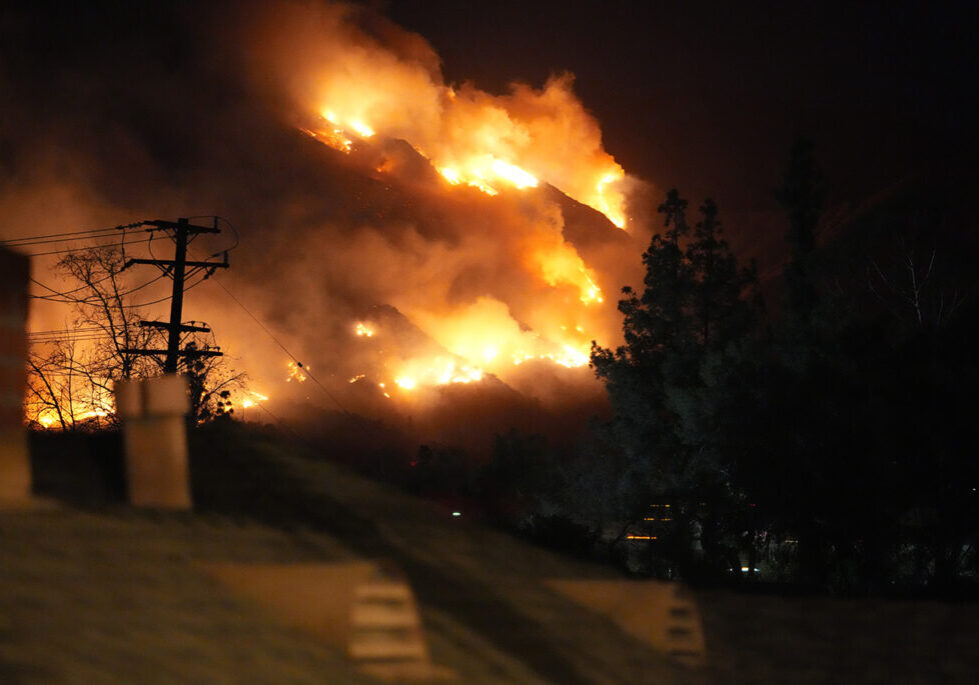With the recent spate of public safety power shutoffs conducted by PG&E, sentiment towards the utility has predictably grown increasingly negative. The company is already facing heavy criticism for its role in some of the largest and deadliest wildfires in California’s history, and for deferring years of infrastructure maintenance and upgrades that potentially could have prevented those fires by hardening the electrical grid against extreme weather conditions.
PG&E is not the only California utility that has resorted to power shutoffs in the face of dangerous weather conditions. Southern California Edison has shut off power to select areas under its jurisdiction, and San Diego Gas & Electric has issued similar warnings.
Customers affected by these power shutoffs have faced serious financial setbacks. Restaurants and other food industry businesses that keep large amounts of refrigerated and frozen food in storage have lose all of it to spoilage during extended power outages. Owners of businesses with tight profit margins have expressed fears of not being able to survive losses due to long periods of no power. Residential customers already tight on funds have felt they have been pushed to the breaking point.
In the days after the October 2019 shutdown, 146 claims were filed against PG&E for financial losses due to food loss, lost business, and damage to property. A year prior, after San Diego Gas & Electric shut off power to 21,000 customers, 233 claims were filed for food loss, 48 for property damage, 17 for “inconvenience of being without power,” and 6 “solar related.” PG&E and SDG&E denied all the claims.
But the dangers of power shutoffs are not limited to economic or property damage. Customers who rely on powered medical equipment, at home or in a medical facility, are particularly at risk. Two California men reportedly died during a PG&E shutoff in October 2019. It is currently unclear whether their deaths were directly caused by the outage.
Power outages have long been rare, unexpected, and isolated occurrences, caused by storms or drivers crashing into and damaging transmission poles. But with outages now frequently being the product of intent, the question of who can be held liable for them, particularly when they cause financial or physical harm, is of increasing concern.
Most utilities accept responsibility for damages caused by their negligence, but make exceptions for events “outside” of their control.
According to the PG&E website, the company generally assumes responsibility for any damages suffered by customers that are the direct result of its negligence or employee actions. However, when extreme weather causes a power outage or forces an emergency power shutoff, PG&E does not accept responsibility under most such circumstances, as with the aforementioned claims filed against them.
Similar policies are used by utilities across the country, as with SDG&E, but they are not a comprehensive shield against all forms of liability. The current lawsuits that PG&E faces center around their negligence in maintaining their infrastructure, which failed under extreme weather conditions in 2017 and 2018.
The company’s infrastructure woes have long been a source of outrage to California residents, who have raised concerns about whether the utility has done enough harden the energy grid against these extreme weather events. The company’s equipment was named a direct cause of the deadly Camp Fire which destroyed Paradise and Concow, CA in 2018. One year later, PG&E faced a second round of speculation about the safety of its infrastructure, after a downed power line was discovered near where the Kincade Fire started in October 2019.
The company has attempted to argue that deferred maintenance played no role in the sparking of wildfires. But the current state of the power grid has clearly influenced the utility’s decisions to commit large scale shutoffs in hopes of preventing fires.
Utilities across the US have been taken to court over unintended consequences of power shutoffs, and for damages relating to natural disasters.
Companies like PG&E have spent considerable effort to try and shield themselves from litigation over power outages. However, there has been at least two instances where a utility paid financial compensation for power shutoffs due to nonpayment that had deadly results.
In 2011, the Arizona Public Service Co. shut off service to a customer for failing to pay their utility bill, despite the shutoff occurring during the state’s notoriously hot summers. The customer was subsequently found dead in their home. Seven years later, another Arizona Public Service Co. died after having their power shut off during the summer. In a third case, on September 7, 2018, a 72-year-old Sun City West, Arizona resident had her power shut off after failing to pay a bill for $177. That day, temperatures reached 105 degrees. She was found deceased in her home a week later. The utility company settled with the families of the first two victims in July 2019, and the last in August 2019.
But these cases are distinct from the California shutoffs in key ways. Arizona Public Service Co. shut off power only to specific customers, for financial reasons, despite weather conditions which warranted keeping the power on to ensure their safety. PG&E and SDG&E shut off power to entire regions, and not because of financial status, but because of weather conditions (not despite them).
As with PG&E, utilities can face legal action for “acts of god” if negligence plays a role.
Hurricane Sandy barreled into New York City in 2012, flooding portions of the city and leaving millions without power. In Breezy Point, Queens, an exploding transformer was suspected of causing a six-alarm fire that burned down over 100 homes before firefighters could navigate the flooded streets to combat the blaze.
Local residents filed claims against two utilities, Long Island Power Authority, and National Grid, claiming that their negligence allowed the local grid to remain energized despite the impending threat of the storm, ultimately causing the fire. The companies argued that maintaining power to medical facilities and customers in the destroyed neighborhood was their priority. Despite over six years of litigation and delays, the lawsuit was cleared to proceed by a Queen’s County judge in April 2019, and was tentatively scheduled to go before a jury later in the year.
Medical facilities and nursing homes can be held liable for power outages under specific circumstances.
Patients in hospitals and nursing homes are particularly vulnerable to power outages, and these facilities are expected to still provide the care patients need even in the event of a large-scale outage.
Per the National Fire Protection Association Life Safety Code, medical facilities housing patients on life-support systems must have emergency generators installed. These facilities are also responsible for the maintenance of all systems associated with the generators, which must be handled by personnel who are trained and qualified to operate the equipment and effect repairs if needed. Hospitals are also required to have emergency plans in the event of disaster.
Unfortunately, there is no national code requiring uniform levels of preparation for emergency energy load requirements. These rules vary from state to state, meaning that it is possible a hospital could technically have preparations in place, and a electrical generator installed, but may not be sufficiently prepared for an actual crisis.
According to Consumer Reports, the generators installed at thousands of hospitals across the country may not be ready to provide emergency power. Many generators are decades old and housed in flooding-prone basements. Worse still, most facilities do not have the resources to move these generators to safer locations, or they cannot afford to buy the facilities necessary to house more modern generators. Additionally, while hospitals are expected to test and maintain their emergency generators, it is difficult to find information on whether tests are performed, and there is little public information on systems that fail their tests.
Oftentimes it is only after disaster strikes that deficiencies with a hospital’s emergency systems are revealed, at the cost of patient’s lives.
Hurricane Katrina caused widespread flooding that overwhelmed emergency services throughout New Orleans and exposed the deficiencies of many hospitals’ emergency preparations.
Shortly after Katrina made landfall in August 2005, the Memorial Medical Center in New Orleans was cut off from the rest of the city as floodwaters filled the streets. Power across the city failed, and while the hospital’s emergency generators did originally work as intended, they eventually failed after two days of operation. Prior to the storm’s arrival, maintenance staff warned that the hospital’s electrical systems could fail in the event of flooding.
The situation eventually declined to the point where the hospital turned away hurricane survivors, and staff euthanized patients who were in poor health and deemed unlikely to survive as conditions within the hospital deteriorated. A total of 45 patients died, at least 17 of them due to purposeful drug overdose.
Tenet Healthcare Corporation, the owner of the facility and others across New Orleans, ultimately reached a $25 million settlement with survivors and the families of victims in 2011. The lawsuits claimed that the hospital failed to adequately prepare for the power outage or subsequent evacuations. Tenet argued that it had done everything possible to try and help the hospital, reaching out to FEMA, the National Guard, Coast Guard, and other emergency service providers in the region.
Power outages can be the result of errors committed by power companies, conditions outside of anyone’s control, or a combination of many different factors. Negligence, either by those who own and operate infrastructure and facilities, or by regulatory bodies, can be a key contributor in these cases.
If you feel you have been unduly affected by a power outage, it is best to consult with an attorney as soon as possible. Penney and Associates can help you determine whether or not you have a case, and will also help you organize all of the information you need in order to hold those responsible for your injuries or losses accountable.
This blog is not meant to dispense legal advice and is not a comprehensive review of the facts, the law, this topic or cases related to the topic.



